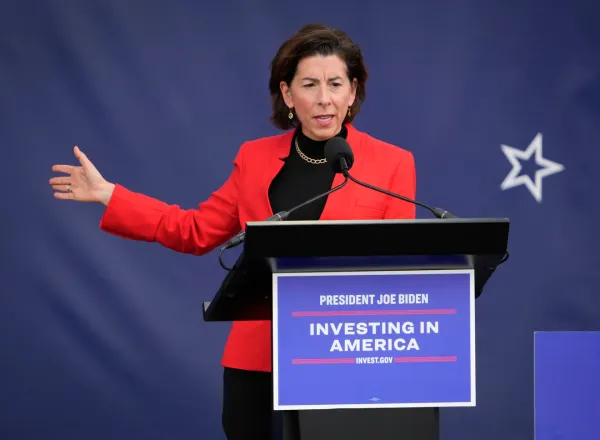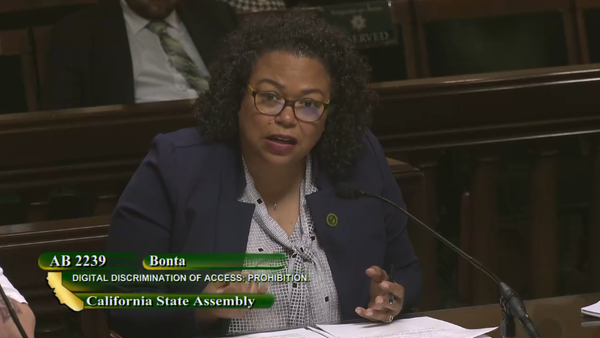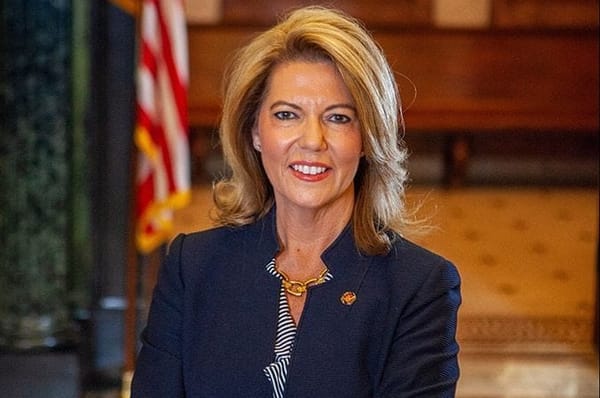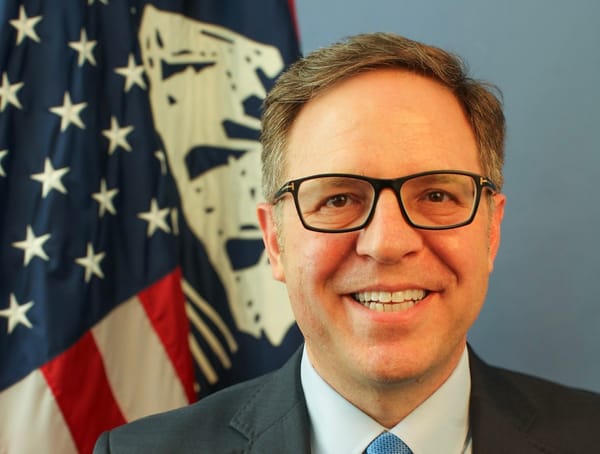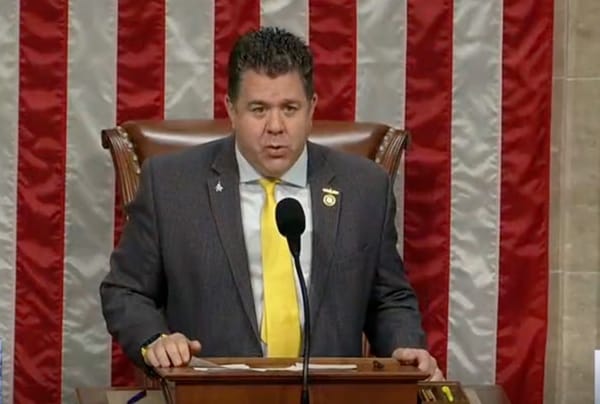Former FCC Officials Evaluate Implementation of National Broadband Plan
WASHINGTON March 17, 2011 – The Information Technology and Innovation Foundation brought key former broadband plan authors together Wednesday to discuss how the federal government is enacting the plan.
WASHINGTON March 17, 2011 – The Information Technology and Innovation Foundation brought key former broadband plan authors together Wednesday to discuss how the federal government is enacting the plan.
“The plan was not about creating the fastest network, it was about how to setup the most diverse, ubiquitous ecosystem,” said Blair Levin, former Executive Director of the Omnibus Broadband Initiative, the team that developed the plan. While some national plans focus solely on network expansion and speed, “we wanted to figure out how to use broadband to expand education, improve healthcare and conserve energy,” Levin said.
Dr. Mohit Kaushal, former Director of Connected Health at the Federal Communications Commission, explained, “Current regulations and privacy make it difficult for innovators to create new applications to harness patient data or share information between doctors.”
The healthcare reform act passed last year includes a number of Health IT provisions – the most prominent of which is the standardization of billing and electronic health records. Kaushal hopes this will create a new market using the data which customers will be able to access.
“Right now the patient data is locked to just the doctor or insurance company. We want to allow consumers to access their data and use it as they wish while maintaining privacy and security,” Kaushal said.
Kaushal saw hope in the recent meeting between the Federal Communications Commission and the Food and Drug Administration to discuss coordinating regulations for connected medical devices.
Former Energy and Environment Director of the Omnibus Broadband Initiative, Nick Sinai, echoed Kaushal’s sentiment on the sharing of data, saying, “if consumers could get their energy use and price data in a standardized format then innovators could create applications.”
California and Texas are currently working on standardizing energy bills. Sinai also highlighted the Arlington, Virginia-based energy data firm OPOWER, which works with energy companies to provide customers better data on usage and price.
The Obama administration is currently developing a national smart grid framework with the Department of Energy. “There is no one solution for the smart grid but it needs to be an integrated system and the Department of Energy is working on multiple projects pilot projects,” Sinai said.
Steve Midgley, Deputy Director of Education Technology at the Department of Education and former Director of Education at the FCC, praised the Commission’s quick update to the E-Rate Program, which provides funding for schools and libraries to pay for broadband.
“Schools can now run digital literacy and training programs after hours,” Midgley said, “and they can access existing dark fiber networks.” The term “dark fiber” refers to fiber optic cable that is not currently in use.
By utilizing existing access, schools can also become community access locations. In many cases, however, even when schools have access to broadband they lack access to quality digital material. To address this issue, the Department of Education is working on a learning registry, which will compile high quality digital material for teachers and students.
Midgley said that to improve digital literacy amongst educators, the Department of Education is exploring a new badge system that will work similarly to technical certifications. Teachers will be able to earn badges which will reflect certifications they hold.

